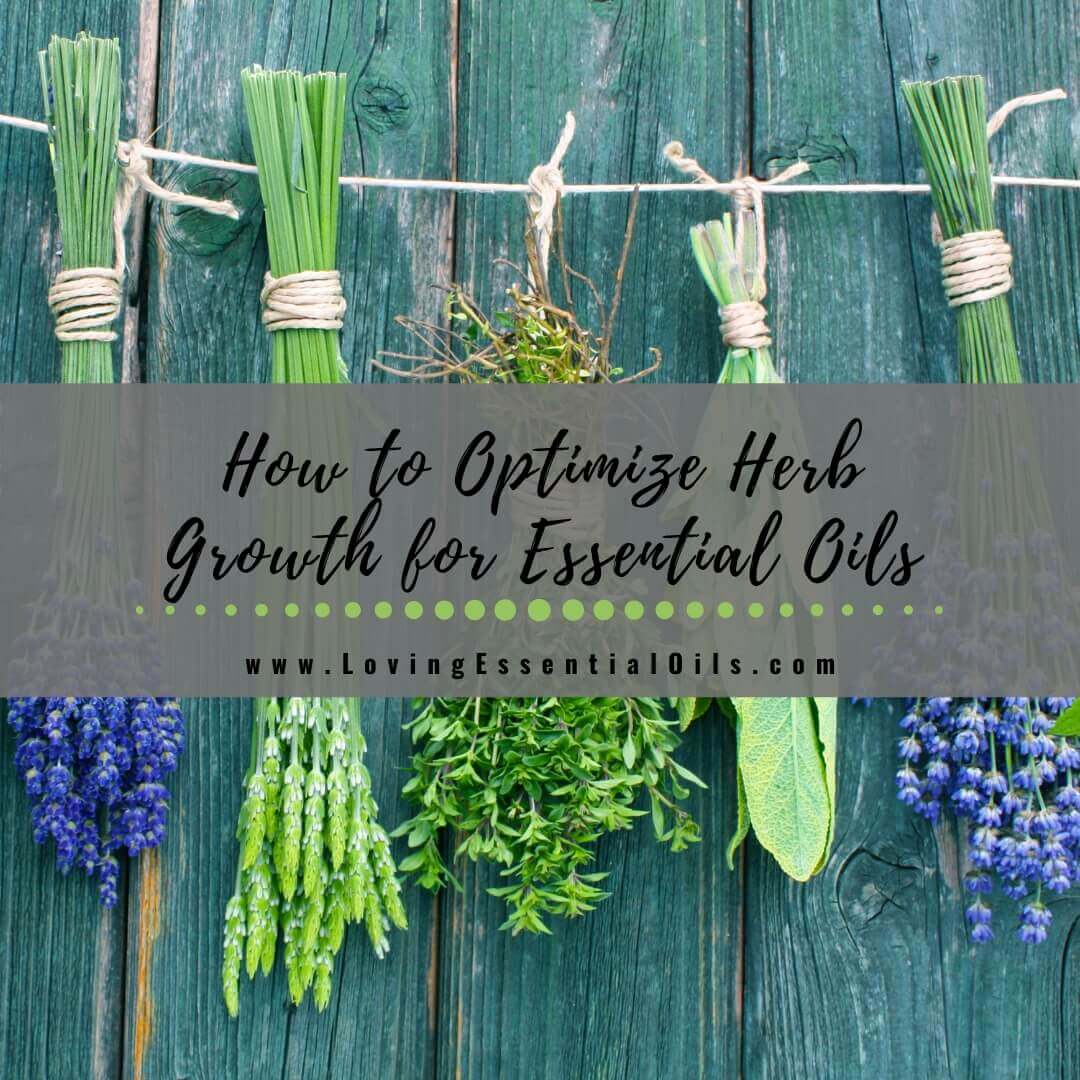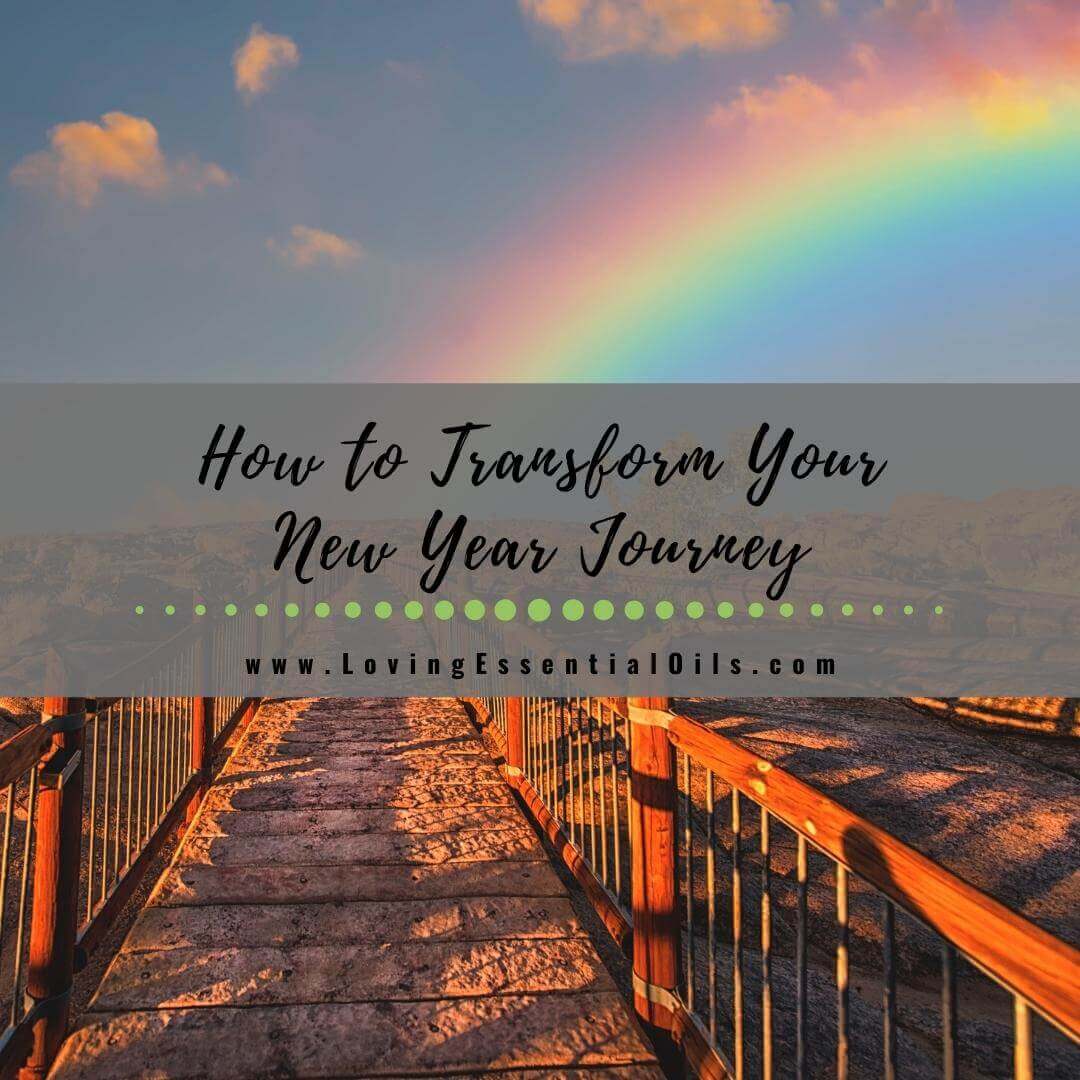In this comprehensive blog post, we will guide you through a plethora of invaluable tips on growing herbs, meticulously tailored to the creation of high-quality essential oils. Whether you are a novice or a seasoned gardener, rest assured that we have all the information you need to embark on a successful journey, ensuring that each precious drop of oil is imbued with unparalleled purity and potency.
Get ready to unlock the secrets of the herb kingdom and take your essential oil production to unprecedented levels of excellence!
Research the most optimal location for growing your herbs
Growing your own herbs is not only a fun and rewarding experience, but it can also save you money in the long run. Imagine having a constant supply of fresh, flavorful herbs right at your fingertips, ready to elevate your culinary creations. Choosing the right location is one of the most important tips for growing your own herbs if you want to ensure optimal growth and yield.
Ideally, herbs should be planted in a spot that receives at least 6-8 hours of direct sunlight per day. Sunlight is essential for photosynthesis, the process by which plants convert light energy into chemical energy, fueling their growth.
By providing your herbs with ample sunlight, you're giving them the energy they need to thrive.
In addition to sunlight, herbs require well-draining soil that is rich in organic matter. Good drainage is important to prevent waterlogging, which can lead to root rot and other plant diseases.
By incorporating organic matter, such as compost or well-rotted manure, into your soil, you're enriching it with essential nutrients that will support healthy herb growth.
Furthermore, it's important to consider the climate in your region when selecting herbs for your garden. Different herbs have varying temperature and moisture requirements, so it's crucial to choose varieties that will thrive in your specific conditions.
For example, Mediterranean herbs like rosemary, thyme, and oregano prefer hot and dry climates, while herbs like parsley and cilantro thrive in cooler temperatures. By understanding the climate in your region and selecting herbs accordingly, you're setting your garden up for success.
By doing a little research and planning ahead, you can create the perfect environment for your herbs to grow and flourish. Whether you have a large backyard or a small balcony, there are plenty of options for growing herbs in containers or raised beds.
The joy of harvesting your own fresh herbs, full of flavor and aroma, will be well worth the effort. So why not embark on this herb-growing adventure and enjoy the benefits of having a bountiful herb garden all year round?
Develop a watering schedule suitable for each herb type
Herbs are renowned for their versatility and their remarkable ability to elevate the flavor profile of any culinary creation. However, it's important to acknowledge that each herb possesses its own distinct characteristics, including varying water requirements.
To maintain the health and productivity of your herb garden, it is crucial to develop a customized watering schedule tailored to the specific needs of each herb type.
For instance, Mediterranean herbs such as rosemary, thyme, and sage thrive in drier soil conditions, while basil, parsley, and chives flourish in moist soil. Understanding and implementing these differences in watering preferences will enable you to cultivate a flourishing herb garden, ensuring an abundant supply of freshly grown herbs to enhance your cooking endeavors.
By creating a personalized watering schedule based on the unique requirements of each herb, you can be confident that your herb garden will thrive throughout the entire growing season, offering you a bountiful harvest of aromatic and flavorful herbs.
Identify the most beneficial companion plants to grow alongside
In nature, plants often thrive in symbiotic relationships, where they benefit from the presence of other plant species. This principle also applies to herb gardening, where companion planting can significantly impact the growth and yield of your herbs.
By selecting suitable companion plants to grow alongside your herbs, you can create a harmonious environment that promotes healthy and robust growth.
For example, basil and parsley are excellent companion plants, as they attract beneficial insects that prey on herbivorous pests. Likewise, planting chives near roses can help deter aphids and other common rose pests.
Additionally, herbs such as lavender and marigolds have been proven to repel certain insect species, making them valuable additions to any herb garden. By incorporating compatible companion plants into your herb garden, you can reduce the need for harsh pesticides and promote a more natural and eco-friendly approach to gardening.
Monitor natural pest control methods
As we continue our pursuit of sustainable and environmentally friendly gardening practices, the importance of monitoring and implementing natural pest control methods cannot be overstated. Instead of relying solely on chemical pesticides, we can embrace the power of nature by attracting beneficial insects like ladybugs to our gardens and fields.
These helpful predators can feast on the buffet of potential pests, effectively controlling their populations without causing harm to the environment or jeopardizing human health.
By adopting a more holistic approach to pest management, we not only safeguard our crops but also foster healthier ecosystems. This symbiotic relationship between our cultivated plants and the diverse creatures that inhabit them creates a harmonious balance, ensuring long-term sustainability and the well-being of our precious natural resources.
Let us strive to create gardens that thrive with vitality, where biodiversity flourishes and the delicate interplay between all living organisms is respected and cherished. Together, we can nurture a greener and more resilient future for generations to come.
Create makeshift greenhouses for added protection
As the weather starts to shift and temperatures drop, gardeners may become concerned about how their delicate plants will hold up against the cold, frost, and harsh weather conditions.
However, there is a solution that can provide them with extra protection and ensure the survival and growth of their beloved plants - creating a makeshift greenhouse.
A makeshift greenhouse can be easily constructed using materials like clear plastic sheeting or repurposed old windows, allowing gardeners to shield their plants from the harsh elements. By enclosing the plants within this protective structure, gardeners can create a warm and sheltered environment that mimics the natural conditions required for optimal growth.
This means that even during the coldest months, delicate plants and seedlings can thrive and flourish, unaffected by external weather conditions. Not only does a makeshift greenhouse provide protection against cold and extreme weather, but it also extends the growing season.
With the greenhouse acting as a shield, gardeners can start their planting earlier in the year and continue growing well into the colder months. This longer growing period allows for a greater variety of plants to be cultivated and a more bountiful harvest to be enjoyed.
Creating a greenhouse doesn't have to be complicated or expensive. With a little bit of creativity and resourcefulness, any gardener can construct a greenhouse that can withstand the toughest of conditions.
By leveraging available materials and adapting to their specific needs, gardeners can enjoy the benefits of a homemade greenhouse and ensure the resilience and success of their plants year-round.
So, next time you find yourself worrying about your plants during the changing seasons, consider building a makeshift greenhouse. Not only will it provide added protection and a conducive environment for growth, but it will also give you the satisfaction of knowing that you have taken proactive steps to safeguard and nurture your garden. Happy gardening!
Determine when to harvest your herbs and how to properly collect essential oils from them
Herbs, with their rich history of use in traditional medicine and culinary delights, have captivated humanity for centuries. These versatile plants offer not only a tantalizing array of flavors but also a treasure trove of medicinal properties.
However, to harness their full potential, it is crucial to know the optimal time for harvesting. For most herbs, morning is the ideal time when their essential oils reach their peak concentration. By carefully selecting the right harvesting method, we can ensure the preservation of the plant material's integrity and maximize the extraction of essential oils. Among the preferred techniques is steam distillation, widely employed for herbs like lavender and peppermint.
This meticulous process involves steam delicately passing through the plant material, capturing the aromatic vapors, which are then condensed into precious essential oils. With proper timing and extraction methods, these herbaceous wonders can bestow upon us an abundance of natural remedies and ingredients that will elevate our well-being and culinary creations to new heights.
Store and Use Your Essential Oils Wisely
Congratulations! With your herbs carefully grown and harvested, you now have a collection of high-quality essential oils at your disposal. These precious drops are the result of meticulous extraction processes, capturing the essence of plants in their purest forms.
To ensure the longevity and efficacy of your essential oils, it's crucial to store them properly. Dark glass bottles offer protection against harmful UV rays, preserving the oils' potency. Placing them in a cool, dry location away from direct sunlight and heat sources will further safeguard their integrity.
When it comes to using essential oils, remember that a little goes a long way. These concentrated plant extracts possess powerful therapeutic properties, making them incredibly potent. To avoid adverse reactions, always dilute the oils before applying topically or ingesting them. Dilution not only ensures safe usage but also allows for better absorption and distribution in the body.
Each essential oil boasts unique properties and benefits. Take the time to research and understand their individual effects before incorporating them into your wellness routine. By doing so, you'll be able to harness their full potential and create personalized blends tailored to your specific needs.
So, embrace the world of essential oils with caution and curiosity. Let their natural wonders enhance your well-being, and remember to follow the recommended guidelines for safe usage. Your journey into the realm of aromatherapy and natural remedies awaits!
With the right climate, soil quality, and meticulous preparation, along with effective pest control methods and precise harvesting techniques, you can effortlessly transform your backyard into a fragrant herb garden that will enchant your senses. Imagine the delightful aroma of freshly picked herbs wafting through the air as you stroll through your own little piece of paradise.
Armed with these 8 simple steps to success, meticulously curated and refined over years of gardening expertise, you will quickly find yourself reaping the abundant benefits of homegrown herbs. Whether it's the vibrant flavors they add to your day-to-day culinary adventures or the natural remedies they provide for your medicinal needs, the satisfaction of using herbs you've cultivated yourself is truly unparalleled.
So why wait any longer? Take the first step towards creating your dream herb garden today. Begin by exploring what's optimal for your location, from the perfect planting spots to the ideal companion plants that will thrive alongside your herbs. Embrace the excitement of digging your hands into the soil, basking in the warm sunshine, and experiencing the joy of experimenting with homegrown flavors that will elevate your culinary creations to new heights.
Bringing the outside in and unearthing a new world of gardening possibilities is a journey that promises endless fulfillment. So, embrace the allure of nature's bounty, let your curiosity guide you, and embark on this remarkable adventure of cultivating delicious and healthy herbs. Discover the joy of witnessing the growth and transformation of your garden as it becomes a vibrant tapestry of colors, textures, and scents.
Remember, gardening is not just a hobby; it's a lifestyle that nourishes both body and soul. So, indulge in the simple pleasures of tending to your herb garden, and let it become a sanctuary where you can find solace, inspiration, and a deep connection with nature. Embrace the freedom to create, the satisfaction of harvesting your own homegrown treasures, and the endless possibilities that await you in your very own fragrant herb garden.
Share on Pinterest







